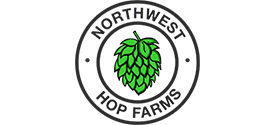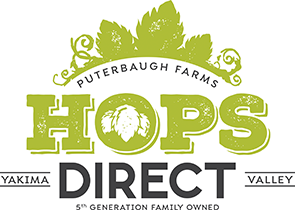While genetically indistinct from the original German variety, US-grown Perle tends to exhibit higher alpha acids potential and a slightly different balance of oils. Specifically, it tends to be higher in myrcene with lower in humulene, which may make US-grown Perle marginally more useful for bittering.
Advertisement
Want this hop? Browse our recommended stockists below. |
| Also Known As | |
| Characteristics | Faint spicy aroma |
| Purpose | Bittering & Aroma |
| Alpha Acid Composition | 6%-10% |
| Beta Acid Composition | 3%-5% |
| Co-Humulone Composition | 27%-32% |
| Country | US |
| Cone Size | Medium |
| Cone Density | Loose |
| Seasonal Maturity | Early |
| Yield Amount | 1150-1600 kg/hectare (1020-1420 lbs/acre) |
| Growth Rate | Moderate |
| Resistant to | Resistant to prunus necrotic ring-spot virus, downy mildew and powdery mildew |
| Susceptible to | |
| Storability | Retains 80%-85% alpha acid after 6 months storage at 20ºC (68ºF) |
| Ease of Harvest | Difficult |
| Total Oil Composition | 0.7-1.2 mL/100g |
| Myrcene Oil Composition | 45%-55% |
| Humulene Oil Composition | 28%-33% |
| Caryophyllene Oil | 10%-12% |
| Farnesene Oil | 0%-1% |
| Substitutes | Perle (GR), Northern Brewer (GR) |
| Style Guide | Hefeweizen, Belgian Strong Ale, Lager, Pilsner, Kölsch |
Where to Buy Perle (US) HopsAs a listing requirement, all suppliers below ship nationally to their respective countries. |
Do you sell this hop? Contact Us.
References
http://beerlegends.com/perle-us-hops
https://ychhops.com/varieties/perle
http://www.greatlakeshops.com/perle.html
Advertisement

 Northwest Hop Farms (Canada)
Northwest Hop Farms (Canada)
 Hops Direct (USA)
Hops Direct (USA)
 Amazon (USA)
Amazon (USA)
